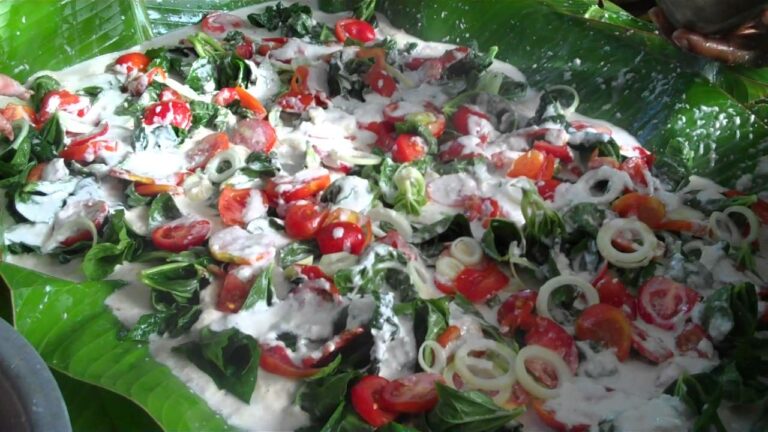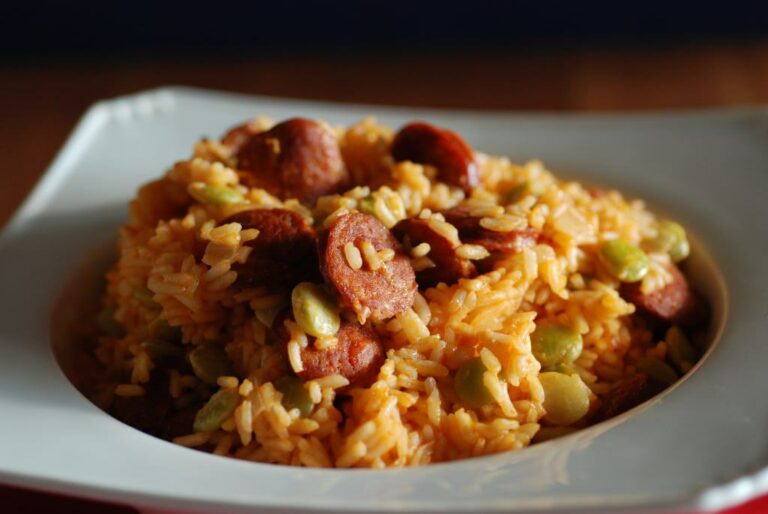Introduction to Food Culture in Vanuatu
Vanuatu, an archipelago located in the South Pacific Ocean, is renowned for its unique food culture. The country’s food culture is a reflection of the diverse cultural heritage of its indigenous people, as well as the influence of European and Asian settlers. Vanuatu’s food culture is characterized by an abundance of fresh, locally sourced ingredients, traditional cooking techniques, and a strong emphasis on communal dining.
Unique Food Staples in Vanuatu
The most distinctive food staples in Vanuatu are taro and cassava. These two root vegetables are the basis of many dishes in Vanuatu’s cuisine. Taro is used in a variety of dishes, including puddings, cakes, and stews. Cassava, on the other hand, is often used to make flour, which is then used to make bread, cakes, and porridge. Another unique ingredient in Vanuatu’s cuisine is laplap, a dish made of grated root vegetables and meat or fish wrapped in banana leaves and cooked over hot stones.
Cooking Techniques and Traditions
Cooking in Vanuatu often involves traditional techniques such as pit cooking, where food is cooked in an underground oven using hot stones and leaves. Another common method is cooking in coconut milk, which is used to simmer stews and curries. Vanuatu’s food culture also places a strong emphasis on communal dining, with meals often being shared among family and friends.
Influences from Surrounding Islands
Vanuatu’s food culture is heavily influenced by its Pacific Island neighbors. The country’s cuisine features elements of Melanesian, Polynesian, and Micronesian cuisine. The use of coconut milk, taro, and cassava is widespread throughout the Pacific, but in Vanuatu, these ingredients have been incorporated into unique dishes and cooking techniques.
Festivals and Celebrations
Vanuatu’s food culture is celebrated through various festivals and celebrations, such as the annual Toka Festival. During this festival, locals showcase traditional food and crafts, including laplap and coconut oil. Another popular event is the Naghol Land Dive, where villagers prepare traditional feasts to celebrate the harvest season.
The Future of Vanuatu’s Food Culture
As Vanuatu continues to develop and modernize, there is a risk that its traditional food culture may become overshadowed by globalization. However, there are efforts being made to preserve and promote the country’s unique cuisine. For example, the Vanuatu National Culinary Arts Association was established to promote the use of local ingredients and traditional cooking methods. By embracing its cultural heritage and preserving its traditional food culture, Vanuatu can continue to offer a unique culinary experience to visitors from around the world.



